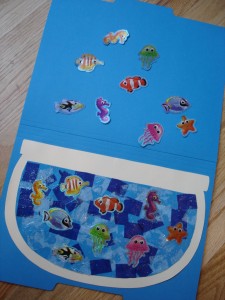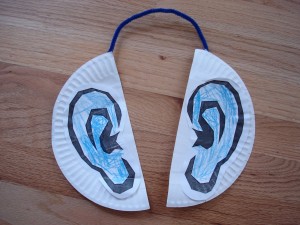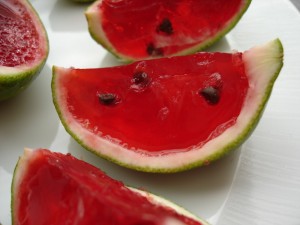Enjoying Messy Play – Dough Crafts
Â
The more children play with modeling materials, the more likely they are to want to help prepare, store, and even clean up — and soon your messy activities won’t seem so messy after all!
Â
Playing with clay and other modeling materials is a tactile experience that benefits children in many ways, but it can be messy. Here’s how to make it a pleasurable and manageable activity for preschoolers — and for you.
Â
Nurture freedom of expression. Remember that clay, plasticene, and play dough are open-ended materials — there is no right or wrong way of playing with them. Avoid making models for children to copy or suggesting that a final product is expected.
Â
Personalize the experience. A small child-sized table with four chairs set up around it is a comfortable work space that encourages children to share materials and conversation. By controlling the group size, the frustration level — as well as the mess — isn’t as apt to get out of hand.
Â
Support children’s play. Encourage children who want to experiment. A smile, wink, or a hand to steady a clay mound are forms of positive reinforcement. Offer sincere, meaningful comments such as “Your yellow shape is so BIG!” rather than asking “What is that?” Be careful not to compare children’s work.
Â
Encourage hesitant children. Some children may not want to participate in messy play. Never force the issue! Be patient and give children lots of time and plenty of opportunities to observe the fun others are having. They might enjoy helping you carry the wrapped dough to the refrigerator or feel comfortable sitting near you as you pat the dough and describe how it feels.
Â
Guide children who may be disruptive. Sometimes a child might be tempted to take play dough away from others or smash their clay sculptures. To encourage appropriate behavior, make sure children understand a few specific rules for the clay table, and be sure to provide ample manipulative materials for each child, so they’re less likely to feel a need to take another’s supplies.
Â
Provide technical assistance. It’s time to step in when a child is having difficulty with something he or she wants to accomplish. Just be sure your suggestion helps the child accomplish his own goal for his clay.
Â
Supply accessories for added fun. When children have had lots of time to explore the properties of the material, they may enjoy the challenge of using tools that make impressions, such as large buttons, spools, and forks, or tools that cut, such as plastic knives and plastic caps. Cookie cutters, however, may stifle creativity.











